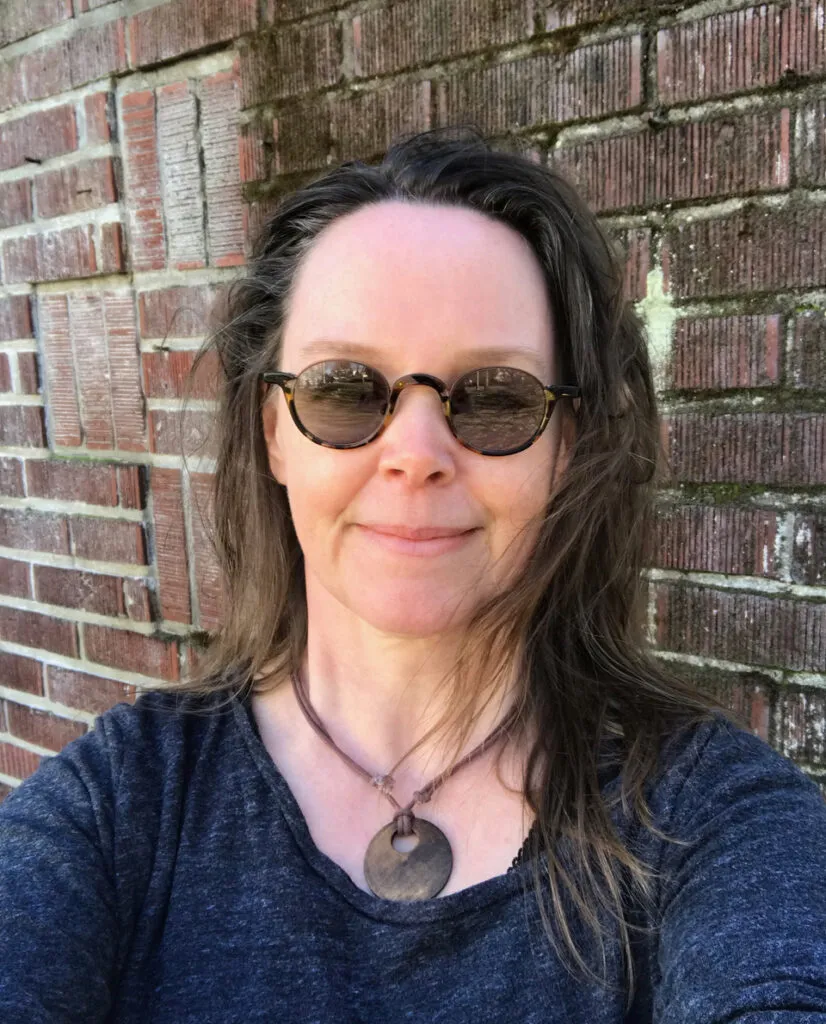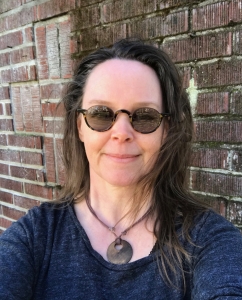
Lynette Charters holds an MFA from Chelsea College of Art in London (UK) and a BFA (hons) degree from Cardiff, South Wales. She worked with the sculptor Andy Goldsworthy on-site on two of his outdoor sculptures. He taught her to appreciate working with relevant materials and how to direct people’s focus of attention. As a student studying under the instruction of Graham Crowley and Amanda Faulkner, Charters studied various aspects of art history and feminism, researching imagery and language of materials in art. While tackling issues of feminism It occurred to her how difficult it is to represent the female form from the female perspective. This problem is apparent in everyday life and has never been far from her mind. Charters traveled extensively as an animation professional. Her years in animation helped to hone her skills and work in layers. It was the combination of these life experiences and concerns for the world her family are learning to negotiate that culminated in her current body of work “The Missing Women Series.”
THE MISSING WOMEN SERIES:
Using public galleries as a framework, the woman’s body is omitted from renderings of famous paintings to highlight, for example, the lack of documented female genius in recorded history, proportional female representation in politics, or lack of societal appreciation in terms of wage equality. Our verbal and visual language explains the world from a heterosexual (white) male, point of view. This creates huge problems in communication for anyone else. For women the most obvious difficulty is portraying our body image without it seemingly on display for male appreciation. We do not own the images of our bodies, which are seen everywhere, but our accomplishments are invisible. The Missing Women are an assertive but non-aggressive attempt at pointing out the communication difficulties women face on a day to day basis.
Materials are pertinent. Mixed media pertains to how women are dressed up and gifted things instead of being paid fair wages; the area of the bare bodies from the original painting is bare wood, they are not ‘perfect’, they are natural. They stare back at us, observing. Our minds project sexuality, then question the appropriateness of projected sexuality onto a piece of wood.

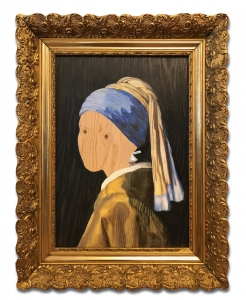
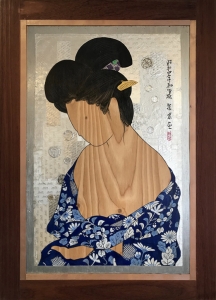
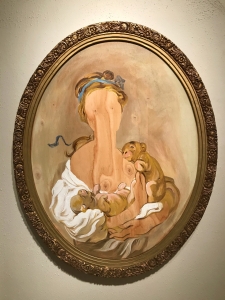
HOW THE TMWSeries TIES IN WITH A DOLLS HOUSE:
The message of the Missing Women Series and Ibsen’s A Dolls House tie in perfectly. They show how women, traditionally, are presented but not represented in (art,) society and history. As represented by the bare wood of Charters’ Series, Nora, in A Dolls House, is present, but she is absent. She is denied adult status by her husband, Torvald. To him, she is a decoration to be appreciated as a wooden poppet. Her presence is expected but her intelligence and perspective is unwelcome and forcefully rejected.
